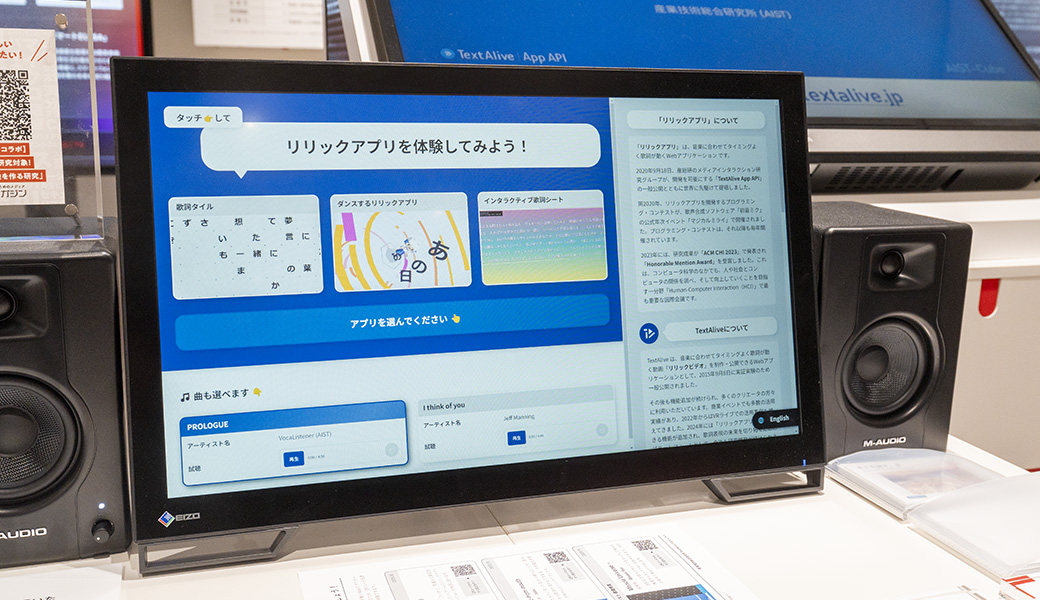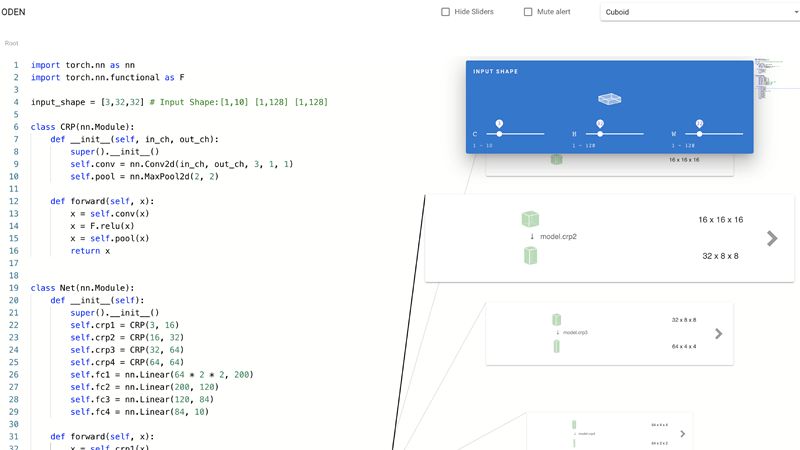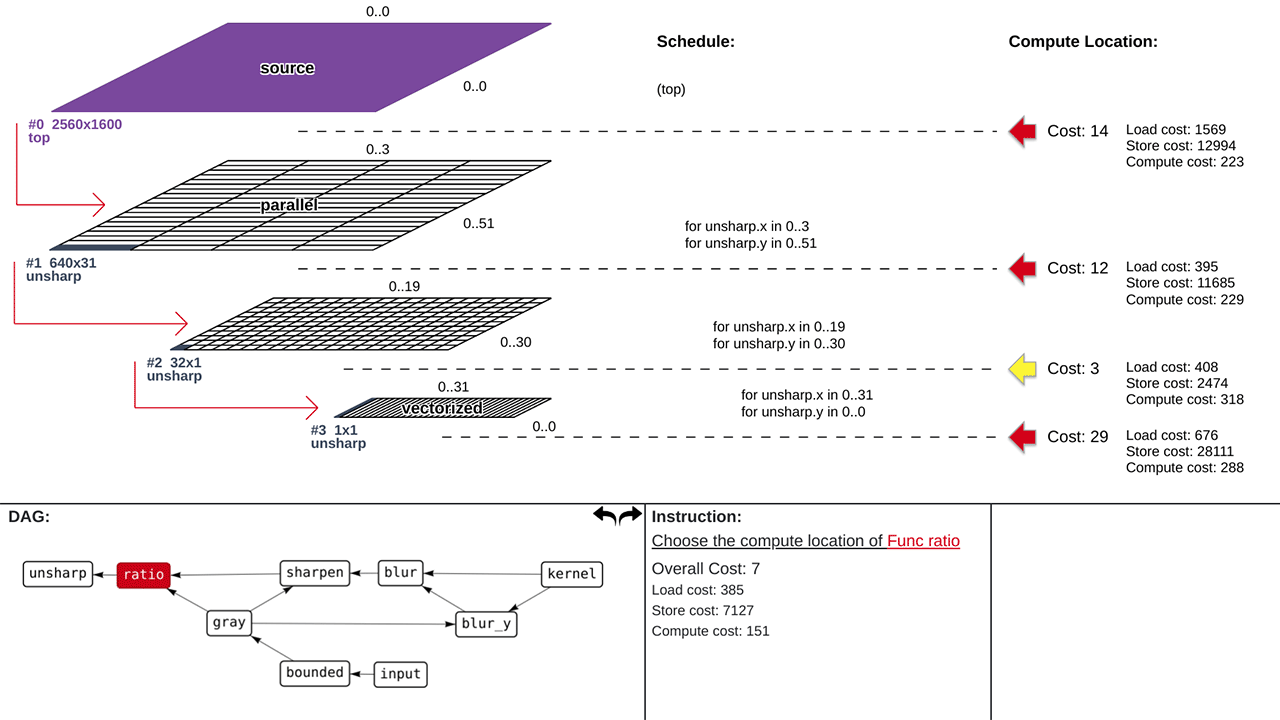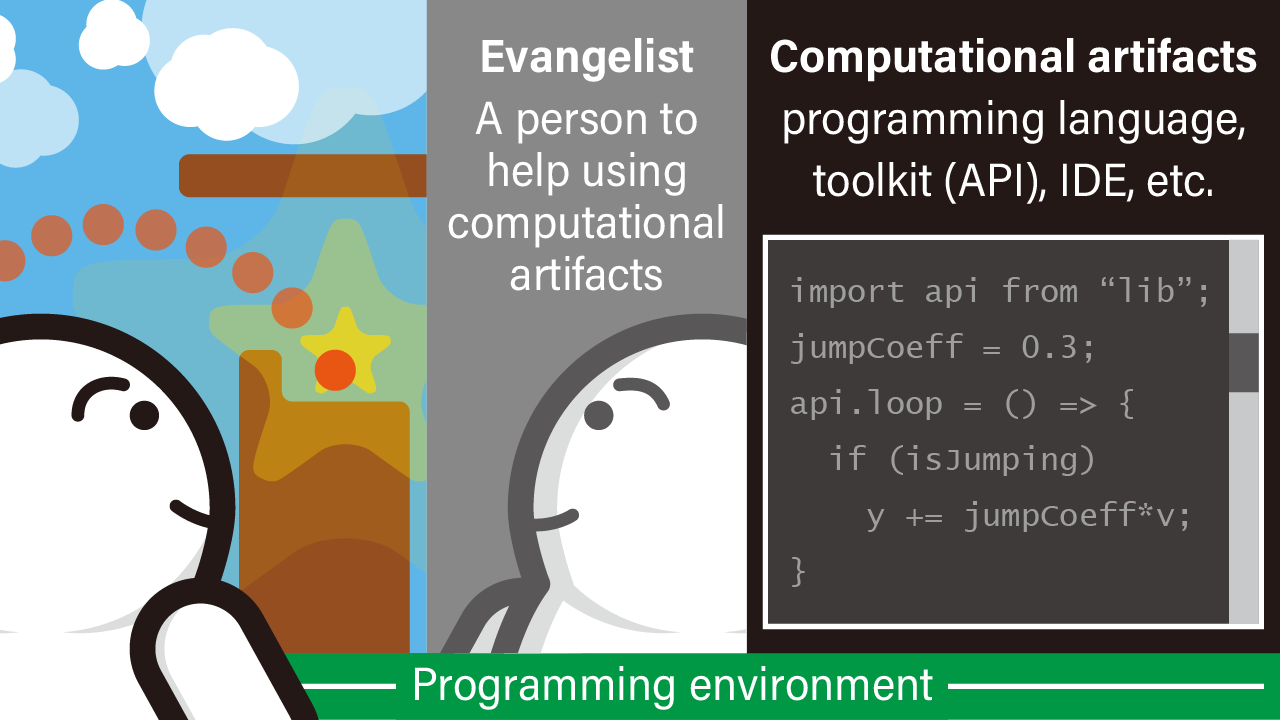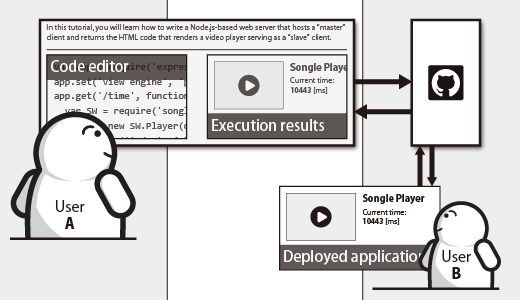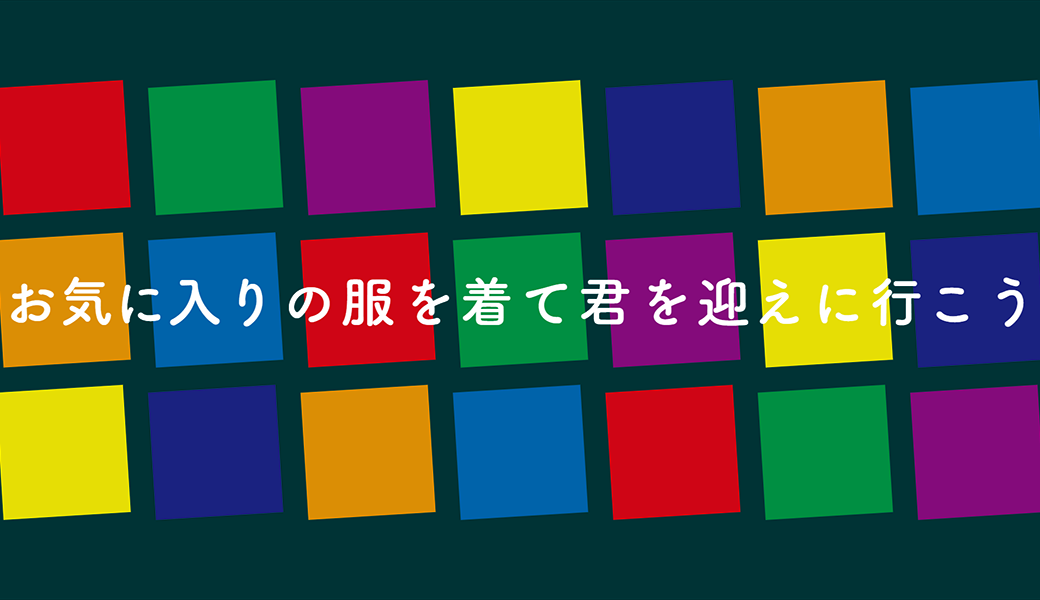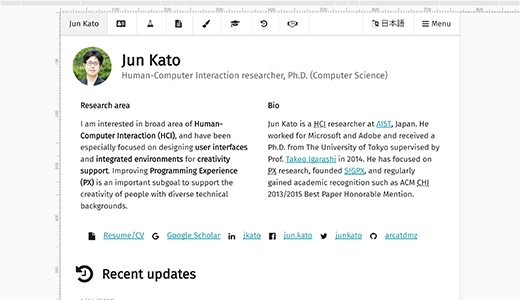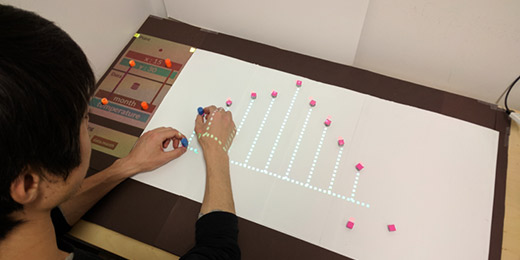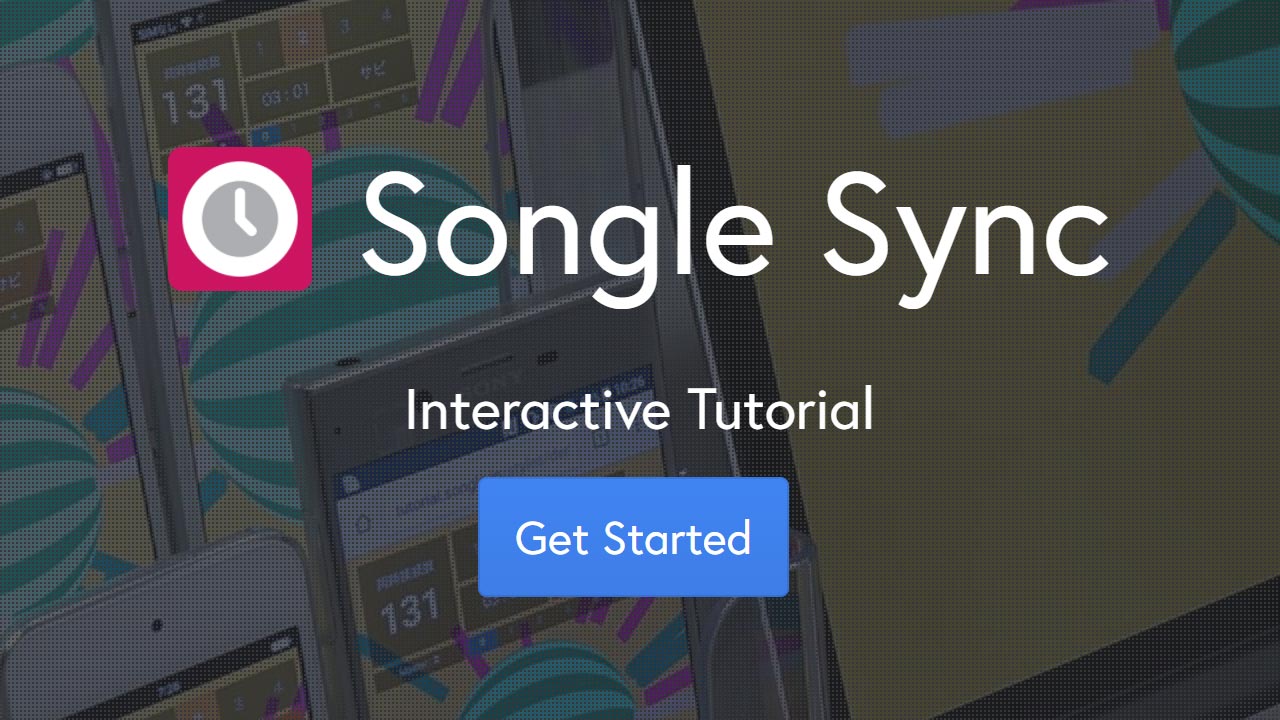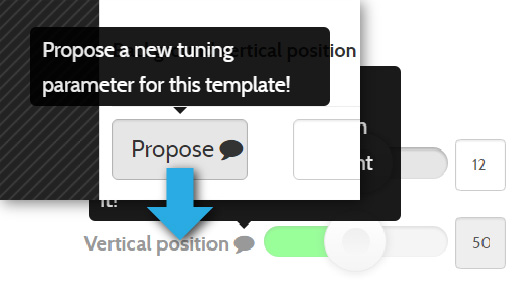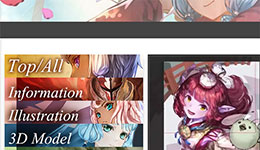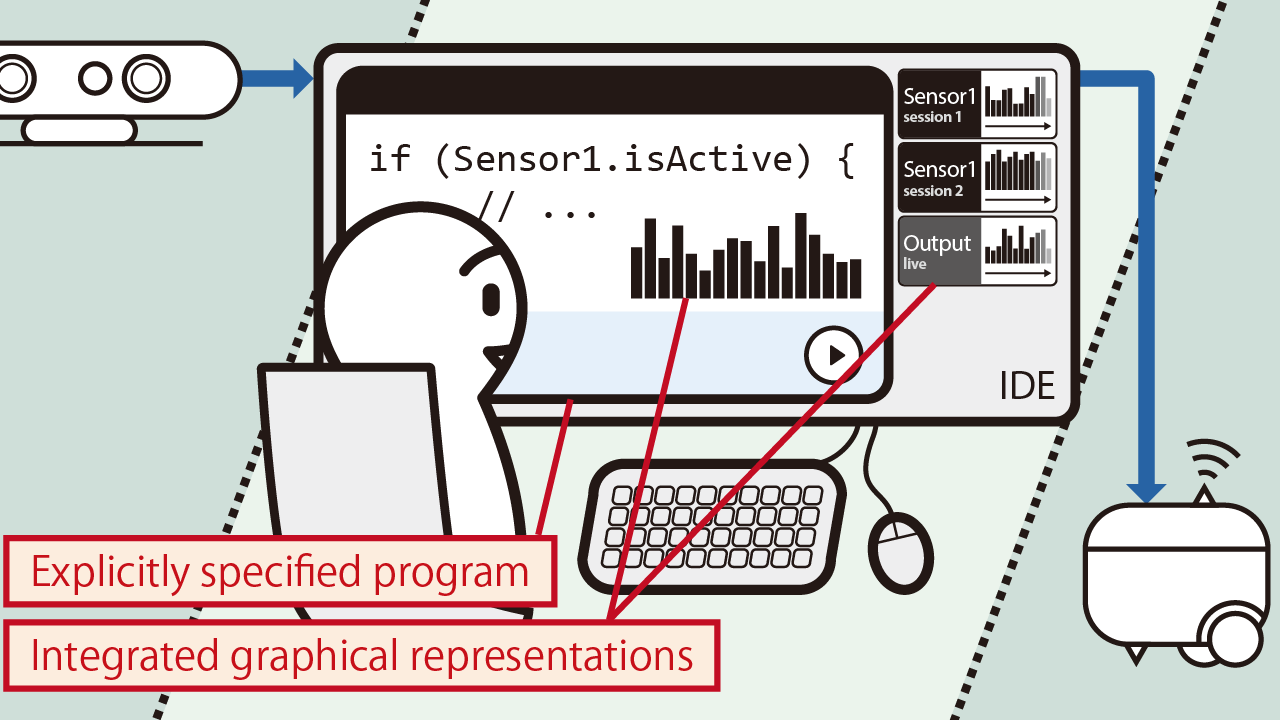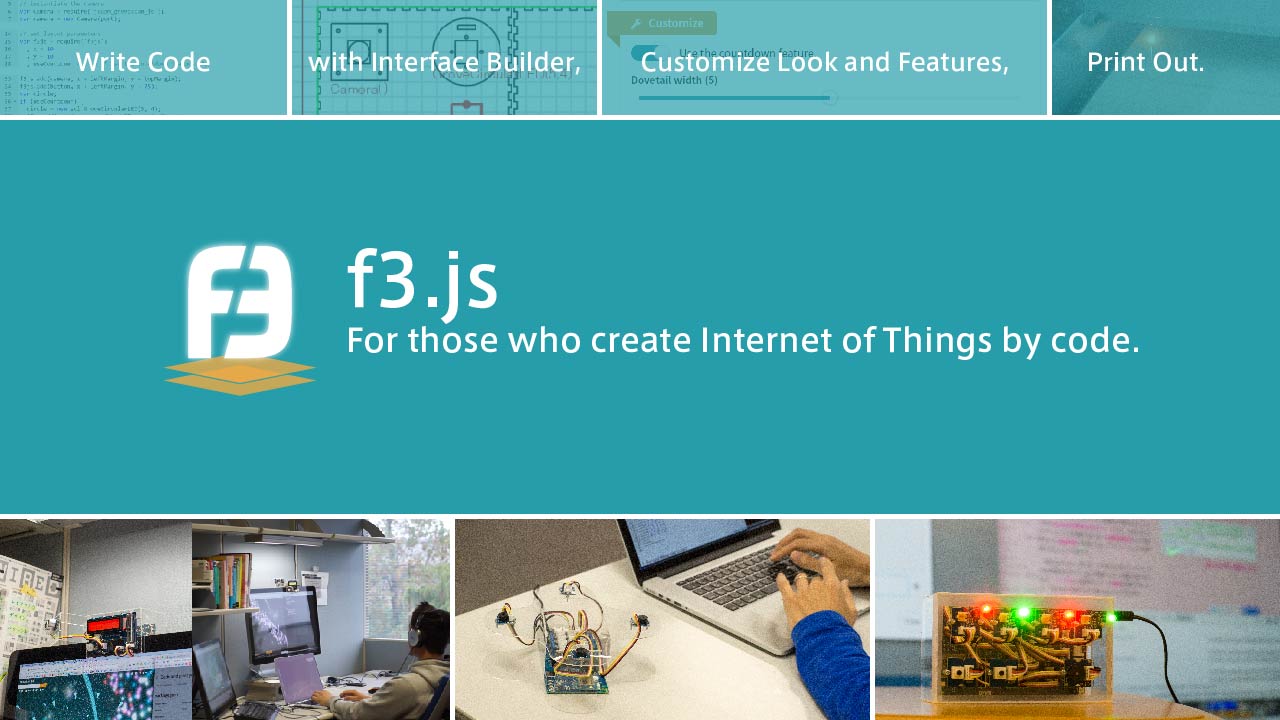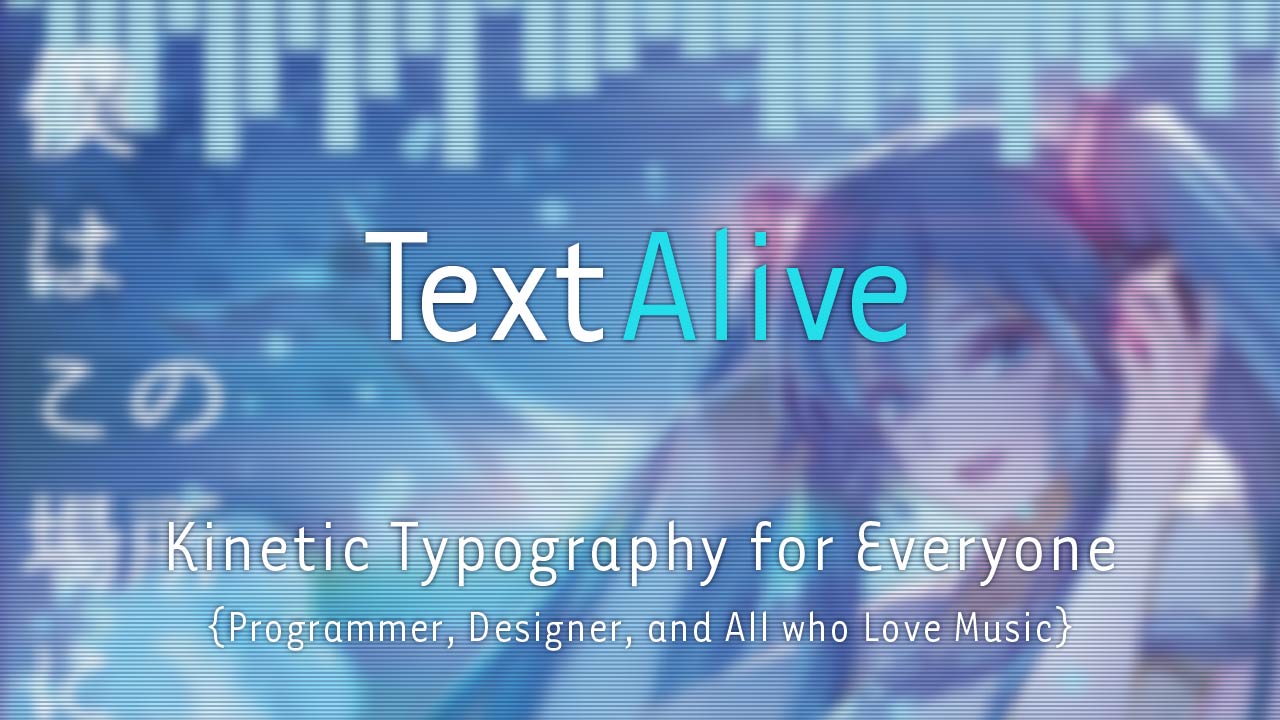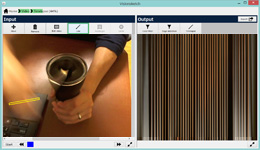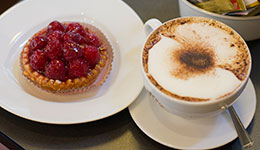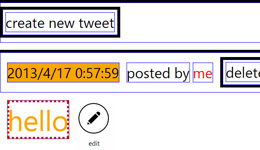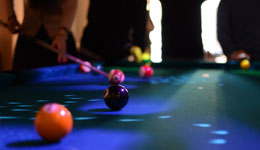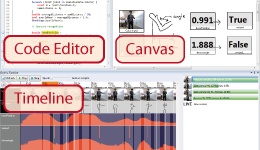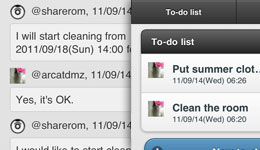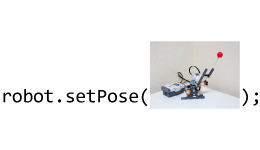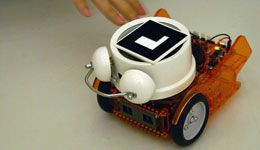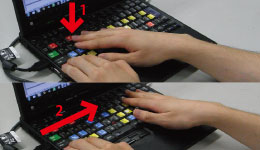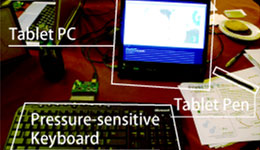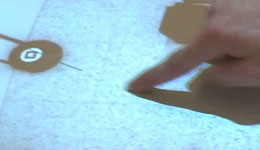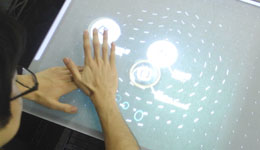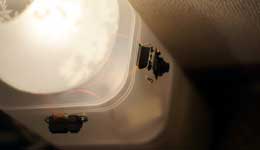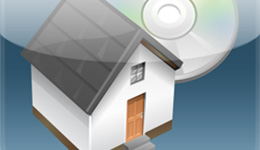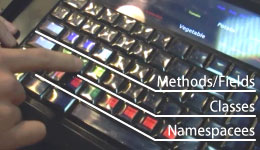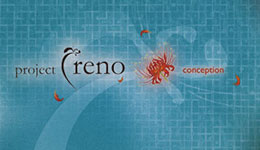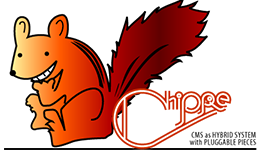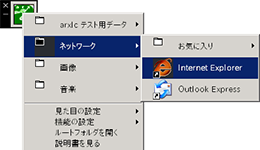Timeline
This page shows updates to the website as well as publication records in their chronological order.
2025
Updates
Invited Talks
Lectures
New Projects
animāre (pronounced ah-nee-MAH-ray) comes from the Latin "to give life," which is also the root of the word "animation." This project sets anime creation as a key application domain to develop foundational techniques for malleable tools and realize an environment where anime creators and tool developers can form reciprocal relationships.
Organized by experts from industry and academia, this SIG invited participants to the emerging area of anime research with the aim to open up a new alley for human-computer interaction (HCI) research through collective discussion on potential directions and community fostering of anime-interested researchers.
Designed and implemented the exhibibition of Lyric App Framework for AIST-Cube, the permanent exhibition facility of AIST renewed in April 2025.
Publications
Tweeq: Parameter-Tuning GUI Widgets by/for Creative Professionals
Anime SIG: Researching Japanese Animation From Technical, Cultural, and Industrial Perspectives
Power, Culture, and Sustainability in Creativity Support Tools: A Post-growth Perspective
Super Kawaii Vocalics: Amplifying the "Cute" Factor in Computer Voice
Inter(sectional) Alia(s): Ambiguity in Voice Agent Identity via Intersectional Japanese Self-Referents
2024
Updates
Awards
Invited Talks
Lectures
Media Coverage
Publications
A Practical Style Transfer Pipeline for 3D Animation: Insights from Production R&D
Griffith: A Storyboarding Tool Designed with Japanese Animation Professionals
Purposeful Play: Evaluation and Co-Design of Casual Music Creation Applications with Children
DanceUnisoner: A Parametric, Visual, and Interactive Simulation Interface for Choreographic Composition of Group Dance
2023
Updates
Awards
Invited Talks
New Projects
GUI studies are sometimes considered "done" in HCI, but this is never truly the case, especially for creative professionals with demanding needs. In this work, we analyzed parameter-tuning GUI widgets from popular production software and identified three key design principles, embodied in a set of widgets called Tweeq, developed and refined through use in the first author's animation projects.
This seminar series is organized by AIST and invited rising stars in the Human-Computer Interaction field and cover diverse topics which are directly/indirectly connected to creativity support research.
Media Coverage
Publications
On the Relationship between HCI Researchers and Creators---Or How I Became a Toolsmith
Lights, Animation, Interaction! – Synchronizing Music with Computer-controlled Visuals in Live Performances
Lyric App Framework: A Web-based Framework for Developing Interactive Lyric-driven Musical Applications
Special Interest Group on Creativity and Cultures in Computing
2022
Updates
Awards
Invited Talks
New Projects
To realize a creative society in which people want to create content with the help of AI technologies, a sustainable ecosystem in which content inspires the next creation serves a critical role.
I shed light on the creative culture in such an ecosystem, build a "creativity support environment (CSE)" that supports the content creation and distribution process, and aim to establish Human-Computer Interaction (HCI) technologies that engineer, nurture, and maintain the creative culture.
ODEN seamlessly supports the edit and experiment repetition in deep learning application development by allowing the user to construct the neural network (NN) with the live visualization and transits into experimentation to instantly train and test the NN architecture.
Publications
Fonts That Fit the Music: A Multimodal Design Trend Analysis of Lyric Videos
Past, Present, and Future of “Toolsmiths” in Japanese Animation
Griffith: Prototype of A Web-based Tool for Authoring Japanese Anime Storyboards
ODEN: Live Programming for Neural Network Architecture Editing
2021
Updates
Awards
Invited Talks
New Projects
"Guided optimization" provides programmers a set of valid optimization options and interactive feedback about their current choices, which enables them to comprehend and efficiently optimize the image processing code without the time-consuming process of trial-and-error in traditional text editors.
Publications
Guided Optimization for Image Processing Pipelines
Past, Present, and Future of Storyboarding in Japanese Animation
Research on Anime Storyboards for Individual and Collaborative Creativity
2020
Updates
Invited Talks
New Projects
We propose a "lyric app," a novel media format of interactive lyric-driven visual art. We developed a framework to support its development, collected 52 examples in the wild, and gained insights into the future of creative culture and the intersection of music and programming.
Publications
Lyric Video Analysis Using Text Detection and Tracking
Rethinking Programming "Environment": Technical and Social Environment Design toward Convivial Computing
Live Programming Environment for Deep Learning with Instant and Editable Neural Network Visualization
2019
Updates
New Projects
Griffith is a web-based authoring tool for Japanese animation (anime) storyboards.
Programming should be a more social activity than what it is right now. A programming environment does not need to be only for programmers. It should instead be designed for users with diverse technical backgrounds.
Such inclusive design enables the users to communicate with each other through programming-related activities, delivers benefits of programming to all of them, and would give empowerment to them.
Media Coverage
2018
Updates
Awards
New Projects
Once again, authored lyrics animation for a live performance by Hatsune Miku!
DeployGround is a framework for developing web-based tutorials that seamlessly connects the API playground and deployment target for kick-starting the application development.
I have been involved in various activities with a broad interest in science and technology. In the past, I constructed a website for promoting science and technology as the leader of the Tachibana seminar. After that, I have been continuously interested in science communication.
Since I started my research career, I have constantly been working on implementing the research results into society, writing essays on the future opened up by scientific research, and commenting on settings in science fiction films.
Authored lyrics animation for a live performance by a renowned virtual idol singer - Hatsune Miku!
This portfolio website is built with various OSS and itself is open-sourced on GitHub.
Publications
Songle Sync: A Large-Scale Web-based Platform for Controlling Various Devices in Synchronization with Music
DeployGround: A Framework for Streamlined Programming from API playgrounds to Application Deployment
Placing Music in Space: A Study on Music Appreciation with Spatial Mapping
Reactile: Programming Swarm User Interfaces Through Direct Physical Manipulation
2017
Updates
Invited Talks
New Projects
Reactile is an exploratory research project that investigates and proposes a new approach to programming Swarm UI by leveraging direct physical manipulation.
The Songle Sync platform allows controlling numerous devices in synchrony with the songs with its SDK.
UGVs are variables generated by the end-users' requests and implemented (or discarded) by the programmers. The use of UGV helps both sending feature requests and their actual implementation.
Publications
User Interfaces for Live Programming
F3.Js: A Parametric Design Tool for Physical Computing Devices for Both Interaction Designers and End-users
The Future of Programming and Data Sciences
A Singing Instrument for Real-Time Vocal-Part Arrangement of Music and Audio Signals
User-Generated Variables: Streamlined Interaction Design for Feature Requests and Implementations
The CrossSong Puzzle: Developing a Logic Puzzle for Musical Thinking
A Robotic Framework for Video Recording and Authoring
2016
Updates
Invited Talks
New Projects
The programming-with-examples (PwE) workflow lets developers create interactive applications with the help of example data. It takes a general programming environment and adds dedicated user interfaces for visualizing and managing the data.
This is particularly useful in developing data-intensive applications such as physical computing, image processing, video authoring, machine learning, and others that require intensive parameter tuning.
This is a Japanese domestic study group for those interested in programming environments and their programming experience, founded in January 2016.
Live Tuning is the subset of Live Programming interaction that only involves changes in constant values through parameter tuning interfaces. It expands Live Programming benefits to non-programmers.
Designed flyers and posters of the four web services developed by the OngaCREST project.
Media Coverage
Publications
Live Tuning: Expanding Live Programming Benefits to Non-Programmers
Programming with Examples to Develop Data-Intensive User Interfaces
PlaylistPlayer: An Interface Using Multiple Criteria to Change the Playback Order of a Music Playlist
2015
Updates
Awards
Invited Talks
New Projects
Publications
Form Follows Function(): An IDE to Create Laser-cut Interfaces and Microcontroller Programs from Single Code Base
CrossSong Puzzle: Generating and Unscrambling Music Mash-ups with Real-time Interactivity
TextAlive Online: Live Programming of Kinetic Typography Videos with Online Music
TextAlive: Integrated Design Environment for Kinetic Typography
2014
Updates
Awards
Invited Talks
New Projects
An integrated design environment for kinetic typography; desktop app revamped as a web service in 2015.
Publications
VisionSketch: Integrated Support for Example-centric Programming of Image Processing Applications
CapStudio: An Interactive Screencast for Visual Application Development
Integrated Graphical Representations for Development of Programs with Real-world Input and Output
2013
Updates
Awards
Invited Talks
New Projects
An IDE for example-centric programming of image processing applications, enabling fluid transition between abstract text-based coding and concrete direct manipulation.
Media Coverage
Publications
Integrated Visual Representations for Programming with Real-world Input and Output
OpenPool: Community-based Prototyping of Digitally-augmented Billiard Table
Visionsketch: Gesture-based Language for End-user Computer Vision Programming
It's Alive! Continuous Feedback in UI Programming
Picode: Inline Photos Representing Posture Data in Source Code
2012
Updates
Awards
New Projects
This is an annual gathering event for those who { create media content, do research on creativity support tools, love such content and want to support its creators }.
An IDE for visual applications that shows interactive screencasts for replaying program executions and editing visual parameters.
The TouchDevelop IDE enables live programming for user interface programming by cleanly separating the rendering and non-rendering aspects of a UI program, allowing the display to be refreshed on a code change without restarting the program.
An open-source project that augments a standard billiard table with the cutting-edge computing technologies to provide the "super-billiard" experience.
An IDE that eases the iterative development of interactive camera-based programs with support for monitoring, recording, reviewing, and reprocess temporal data
Publications
DejaVu: Integrated Support for Developing Interactive Camera-Based Programs
Phybots: A Toolkit for Making Robotic Things
2011 and before
Awards
Invited Talks
New Projects
An IDE that shows inline photos representing posture data in source code. It manages the data binding between the photos and posture data and show photos to aid source code comprehension and editing.
A toolkit that allows researchers and interaction designers to rapidly prototype applications with locomotive robotic things.
A technique to detect simple gestures of "surfing" (moving a hand horizontally) on a standard keyboard by analyzing recorded sounds in real-time with a microphone attached close to the keyboard.
A "pressure-sensitive" programming environment with visual feedbacks of the built-in 2D physical simulator.
A table-top interface that provides a streaming video view of the living room, so users can walk up to it, see the layout of the room and interact with the TV, lighting, cleaning robot, and so on.
A multi-touch interface with a top-down view from a ceiling-mounted camera for simultaneously controlling multiple mobile robots.
A user interface for helping navigation of source code in IDEs. For each row of the keyboard, available namespaces, classes, member variables and methods are shown on the keytops.
Designed multiple CD jackets.
An extendible PHP framework for content management of news website.
Yet another music player for Windows with a built-in interpreter of a domain-specific language to change "skins."
Yet another program launcher for Windows written with <300 physical loc.
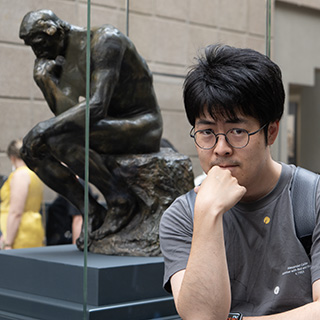 Top page
Top page

